Wartburg Castle
The castle where Martin Luther secretly translated the New Testament from Greek to German while in hiding.
The beautifully imposing Wartburg Castle has been around for nearly a thousand years, but it’s what happened there between 1521 and 1522 that had the most profound effect on Germany.
On May 4, 1521, fake robbers abducted Martin Luther, who started the Protestant Reformation, after he was excommunicated from the Catholic Church and declared a heretic and outlaw who could be killed without consequence. They took him to Wartburg Castle for safekeeping. To help keep his sanctuary a secret, he grew out his hair and beard and went by the name Junker (“squire” or “knight”) Jörg.
Luther referred to the castle as his “Patmos,” after the Greek island where the Book of Revelation was written. He wrote many things in his exile, and was supposedly tormented by the devil, but his most significant work was translating The New Testament from Greek to German. It was not the first time this had been done, but it became so popular it contributed to the standardization of the German language.
The room where Luther did his translation is preserved. Some pieces, like the desk, are not original, but the piece of whale vertebra he used as a footstool is. An original first edition of his translation is on display. It is a powerful place of pilgrimage for Lutherans and other Protestants from around the world.
Other notable chapters of the castle’s history include the brief life of Saint Elizabeth, the Battle of the Bards that became a Richard Wagner opera, and the German unity rally at which a flag was flown that served as inspiration for the modern German flag. Walls and ceilings decorated with paintings, tapestries, and mosaics combine to make the castle a feast for the eyes.

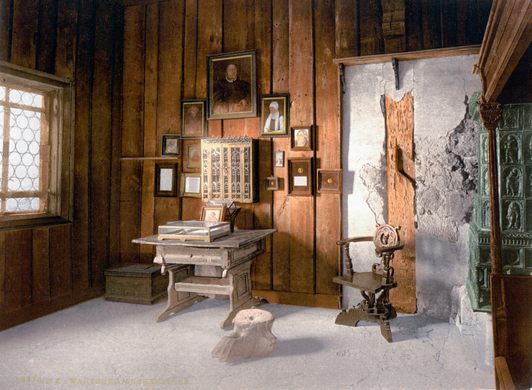
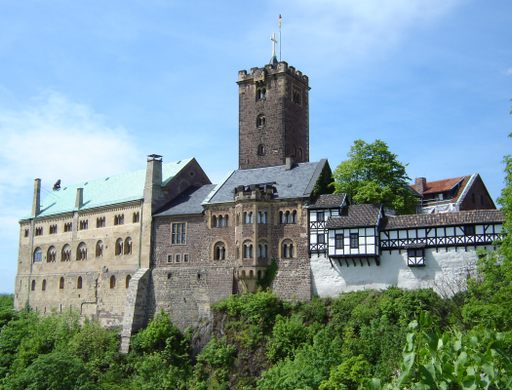


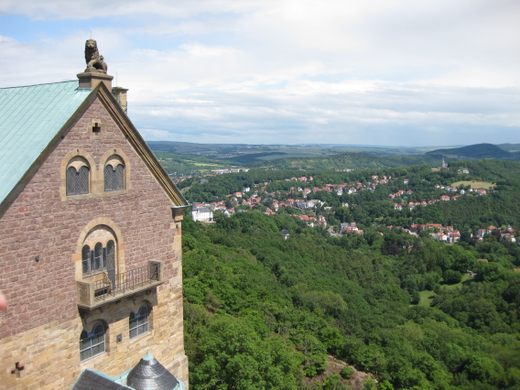




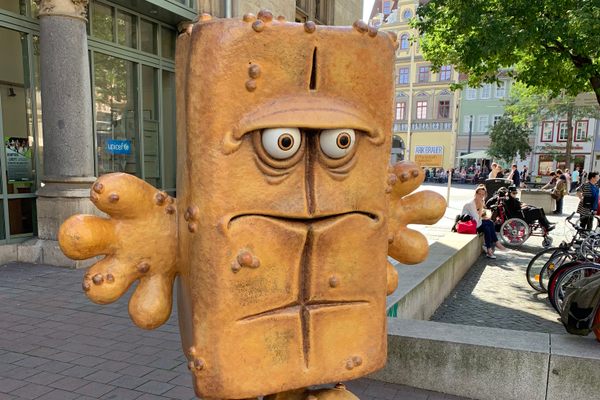


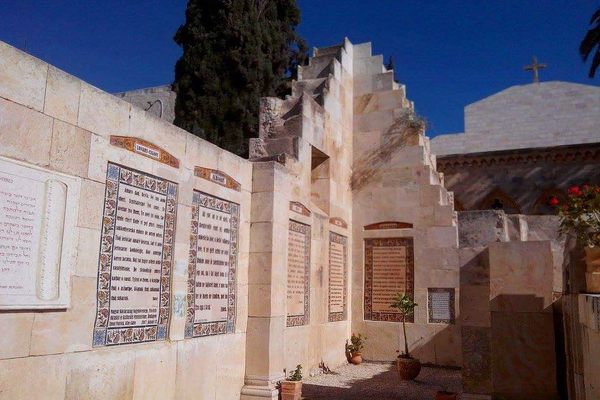


Follow us on Twitter to get the latest on the world's hidden wonders.
Like us on Facebook to get the latest on the world's hidden wonders.
Follow us on Twitter Like us on Facebook